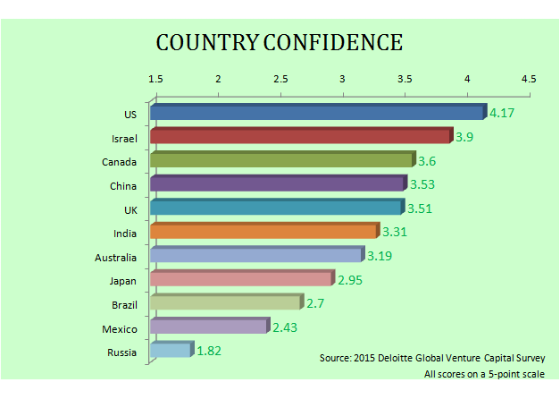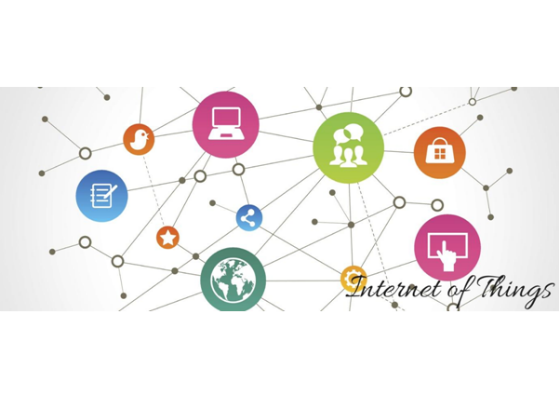2. Integration: These in-depth questions are closely related to the second key to IoT success: integration. It’s not just interactive data analysis that will provide answers; it’s also combining IoT data with additional context.
Let’s start with a consumer example: You want to comb your Fitbit data for a possible link between your exercise regimens and sleep patterns. You want to know
How does physical activity during the day impact my sleeping patterns
Do I perform better when I have had ample sleep?
The native dashboards in Fitbit only allow you to analyse fitness data in isolation. But if you export data, you can combine that info with other info, like data from tracking your physical activities as well as your food intake, body measurements, and sleeping patterns. An export may not be ideal, but it’s sometimes the only way to broaden the scope of analysis.
Now, instead imagine uncovering enterprise-level insights by blending disparate data. Sensors embedded in a jet engine can help us predict when it might need service. It could help us pre-empt failures and save billions of dollars… and by integrated it without info, it could also help us know our savings compared to our projected budget by product and region, for instance.
3. Iteration: The concept of exporting data (and the fact that it’s not ideal) brings us to an important final point: We live in a world where “perfect data” is increasingly becoming an oxymoron. However well the data may be stitched, it’s ever so likely that it’s stored in a source you can’t connect to. The data may also be missing some key elements critical to answer your questions, or is formatted in a way that’s less conducive to deep analyses. These drawbacks apply to IoT applications as well, especially when there are no consensus on standards and protocols to support device interoperability.
Rather than having bad or incomplete data paralyze our business, though, we must work with what we have and iterate toward the right answers. As you iterate, you learn to separate the “good enough” data from the really bad data. “Good enough” data is usually sufficient to answer most if not all questions directionally. Moreover, better understanding of data gaps leads to better data. It’ll help you fix process issues that’ll improve how your data is captured and ingested — and help us all move one step closer to the IoT finish line.



